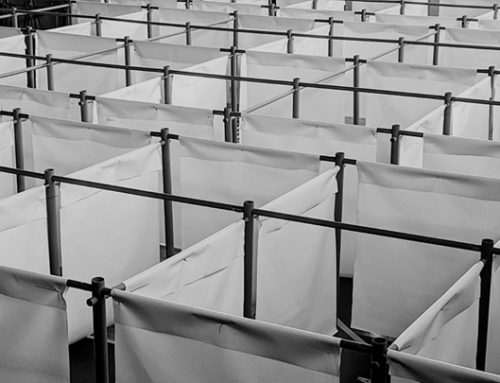Ecological Urban Design to Stop Pandemics
Biodiversity is the variety of life on earth. You’ll find biodiversity all around you: plants and animals, microscopic organisms, and even habitats they all rely on to survive. There is a balance in this biodiversity. Changing this balance may change life on earth.(1)
Most efforts to prevent the spread of new diseases tend to focus on vaccine development, early diagnosis and containment, but that’s like treating the symptoms without addressing the underlying cause, the natural balance on earth. We must be aware of the link between biodiversity and emerging pandemics (and other disasters) to design our cities accordingly.
As humans diminish biodiversity by cutting down forests and building more roads, they’re increasing the risk of disease pandemics such as COVID-19. Many ecologists have long suspected this, but a new study helps to reveal why: while some species are going extinct, those that tend to survive and thrive — rats and bats, for instance — are more likely to host potentially dangerous pathogens that can make the jump to humans.
The analysis of around 6,800 ecological communities on 6 continents adds to a growing body of evidence that connects trends in human development and biodiversity loss to disease outbreaks — but stops short of projecting where new disease outbreaks might occur.
“We’ve been warning about this for decades,” says Kate Jones, an ecological modeller at University College London. (2)
These warnings are becoming reality. We as designers are looking for ways to shift design practices to directly benefit biodiversity and reduce health risks.
Is your city designed in such a way that provides connectivity and corridors for wildlife to move through?
The wildlife and the ecosystem need their own infrastructure, a net of green areas to move, immigrate, and grow. We are cutting their natural traveling paths and destroying their habitat.
Stopping these inconsiderate practices is really a must!
See the ecological planning of the City of Surrey BC incorporating the protection and restoration of ecosystems and biodiversity into all major future planning and local area plans. Taking the wildlife habitat into urban planning and construction. That includes using narrower roads, wildlife bridges, or underpasses, to build back the lost green net.
Giving safe green corridors to wildlife is to enable them to survive. Let us put an end to the era of pandemics, wildlife extinction, and natural disasters through our design.
1- https://www.surrey.ca/vision-goals/biodiversity-conservation-strategy
2- https://www.nature.com/articles/d41586-020-02341-1
3- Images credit goes to:
- https://www.re-thinkingthefuture.com/city-and-architecture/a2953-urban-planning-an-analysis-of-concentric-zone-model/
- https://unusualplaces.org/wildlife-crossing-in-netherlands/





